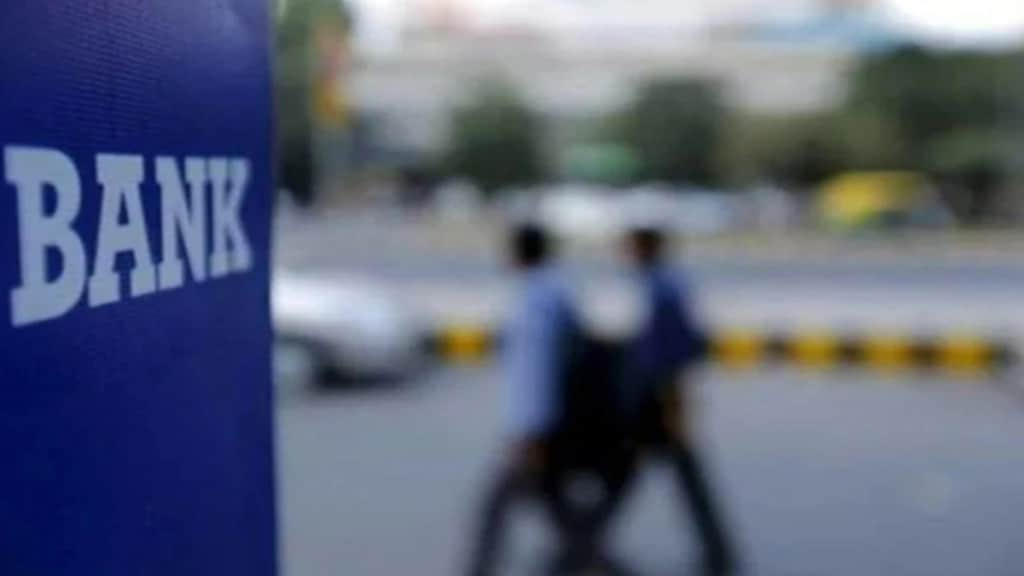The finance ministry on Friday asked state-run banks to further boost credit penetration in all the 112 aspirational districts across the country and make sure that all inhabited villages have access to a banking outlet within 5 km.
At a meeting in New Delhi, financial services secretary Vivek Joshi reviewed the progress on the Targeted Financial Inclusion Intervention Programme (TFIIP) relating to aspirational districts. It was attended by lead district managers of such districts and convenors of the state level bankers’ committees (SLBCs).
According to a finance ministry statement, banks were also asked to run financial literacy camps in villages with the help of Panchayati Raj institutions to further improve awareness about various financial inclusion schemes. The meeting also discussed a reward and recognition programme for the districts and the SLBCs that perform well on this front.
Senior officials of the NITI Aayog and departments of Panchayati Raj and financial services attended the meeting.
The move comes at a time when credit offtake has been rising at a rapid pace. Non-food bank credit grew as much as 17.6% on year in November, against 7.1% a year before. Credit growth to industry accelerated to 13.1% in November, against 3.4% a year ago, according to the latest RBI data. The latest efforts are aimed at ensuring that the underdeveloped districts are not left out of the credit boom.
The Aspirational Districts Programme, launched by Prime Minister Narendra Modi in January 2018, aims to transform the 112 most under-developed districts across the country. The scheme envisages great co-ordination between central and state authorities to make it happen.
Also read: Indian Staffing Federation appeals to the govt to offer social security to MSME employees
With states as the main drivers, this programme focuses on the strength of each district, identifying low-hanging fruits for immediate improvement and measuring progress by ranking districts on a monthly basis.
The ranking is based on the incremental progress made across 49 key indicators under five broad socio-economic themes — health & nutrition, education, agriculture & water resources, financial inclusion & skill development and infrastructure.


